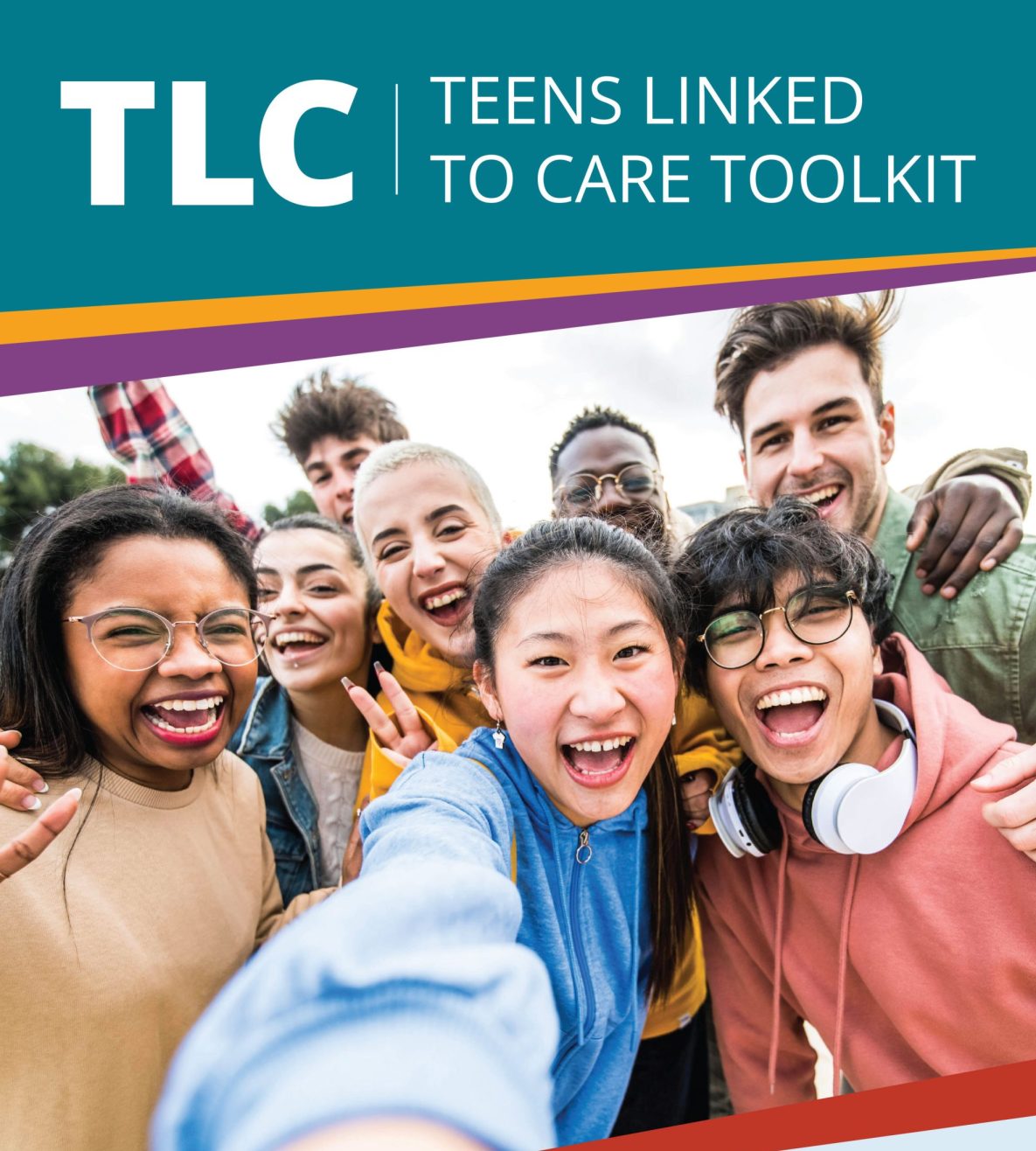Teens Linked to Care (TLC)
Strategies to Prevent Substance Misuse

The Teens Linked to Care program addressed substance use and sexual risk among youth in rural communities.
Adolescents who use drugs and alcohol are more likely to engage in sexual risk behaviors
Adolescence is a critical period for the initiation of substance use and progression to addiction. Substance use increases the likelihood that adolescents will engage in risk behaviors that can have dramatic, and lasting effects.
Adolescents with substance use disorders experience higher rates of physical and mental illnesses; and diminished overall health and well-being. Primary prevention of substance use presents an opportunity to prevent infectious diseases and protect the health of adolescents.
Teens Linked to Care: Background
Teens Linked to Care (TLC) was a multi-year effort designed to develop, assess, and implement prevention strategies for addressing substance use and sexual risk among youth in high-risk rural communities.
TLC was considered a pilot program during its first three years of inception. The initial goal of the pilot was to develop a framework for schools to address HIV, STD, teen pregnancy, and high-risk substance use (i.e., use of prescription, illicit, or injection drugs) among youth through education, primary prevention, and early detection screening. Once developed, this framework was implemented and evaluated to determine if any positive changes occurred because of TLC.

The TLC Toolkit provides schools with instructions on how to implement a program to address youth HIV, STDs, pregnancy, mental health challenges, and high-risk substance use.
The program was a collaboration between the Centers for Disease Control and Prevention (CDC), the CDC Foundation, the Conrad N. Hilton Foundation, and two pilot sites: Scott County School District 1 (Austin, Indiana) and The Brighton Center/Newport High School (Campbell County, Kentucky). In the first three years of TLC, the Portsmouth County Health Department (Portsmouth, Ohio) was also a pilot site. The program began in 2015 and ended in 2022.
Impact
Of the students screened for risky substance use behavior through TLC:
received brief intervention by a health care provider
were referred to substance use treatment
Funding
Approximately $2.2 million in funding was awarded for the duration of the TLC program (2015 – 2022).
Evaluation
The CDC Foundation and CDC staff routinely conducted on-going needs assessments to monitor progress, assess processes, and evaluate outcomes. Some evaluation findings included the following:
- Increases in yearly student participation in the TLC program.
- Shifts in program focus that were reflective of changes in the community (e.g., focus on safe and supportive environments due to school closures because of the COVID-19 pandemic).
- Decreased substance use in TLC sites compared to non-TLC sites.
Teens Linked to Care: Accomplishments
TLC integrated substance use prevention and sexual risk prevention program activities in rural school-based settings. The TLC program sites implemented activities through their Youth Advisory Boards (YAB) and Community Advisory Boards (CAB). The sites successfully:
- Implemented new health education curricula reaching all students in their respective high schools.
- Developed and distributed materials, such as directories and fliers, that promote youth-friendly health service providers in their communities to increase access to HIV, STD, and substance use screening and testing, as well as other health services.
- Collaborated with local health departments to offer health screenings to identify those most at risk for HIV, STDs, teen pregnancy, and substance use.
- Collected data about student opinions and experiences with bullying at school, resulting in a review of school bullying policies.
- Partnered with their community’s drug-free coalition to leverage resources and increase youth and adult knowledge in substance use and prevention.
- Produced anti-bullying and anti-opioid campaign videos to promote positive school environments where students feel safe from bullying and the risk of substance use.
Next Steps: Caring for Teens
Programs like Teens Linked to Care (TLC) need to be implemented within schools and communities affected by the current drug epidemic. The program created a collaborative and safe environment for adolescents to increase their knowledge and skills about HIV, STD, and substance use prevention. TLC can serve as a blueprint for schools in rural communities to address adolescent sexual risk behaviors and substance use.
For Assistance
Call 24/7 at 800-662-HELP (4357) or TTY: 800-487-4889. SAMHSA’s National Helpline provides referrals to local treatment, support groups, and resources. It’s confidential and free, for individuals or families facing substance misuse issues.